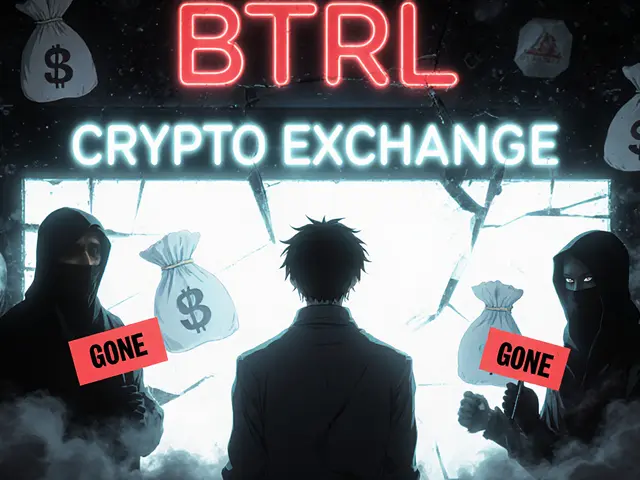Blockchain Liquidity: What It Is and Why It Matters
When talking about blockchain liquidity, the first thing to nail down is what the term actually means. Blockchain Liquidity, the ease with which digital assets can be bought, sold, or moved on a blockchain without causing large price swings. Also known as crypto liquidity, it keeps markets fluid, powers DeFi protocols, and protects token holders from wild price swings. In practice, liquidity is the fuel that lets you swap tokens on a Decentralized Exchange, a peer‑to‑peer platform where trades happen without a central order book. Without enough liquidity, even a modest trade can move the market dramatically, making the experience feel risky. That's why most DeFi projects focus on building deep Liquidity Pools, smart contracts that lock up pairs of tokens so traders can instantly swap one for the other. These pools are often powered by Automated Market Makers, algorithmic pricing models that adjust token prices based on supply and demand within the pool. Together, they form the backbone of a healthy blockchain ecosystem.
Key Components that Drive Liquidity in the Crypto World
The relationship between these components is simple yet powerful: a Decentralized Exchange relies on Liquidity Pools, and Liquidity Pools use Automated Market Makers to set prices. This creates a feedback loop where more traders attract more providers, which in turn deepens the pools and lowers slippage. Real‑world examples include platforms like 1inch, Kujira Fin, and Deepcoin that we cover in our post collection – each showcases a different approach to balancing fees, speed, and security. Validator nodes also play a supporting role by securing the underlying proof‑of‑stake chains, ensuring that transactions settle quickly and safely, which indirectly boosts confidence in the liquidity offered.
Understanding these pieces helps you assess the health of any token you’re eyeing. Look for metrics like pool size, token‑to‑token ratios, and AMM fee structures. Check if the DEX offers multiple liquidity sources or relies on a single pool – diversification usually means tighter spreads. Notice how projects handle impermanent loss, as that risk can erode returns for liquidity providers. By the time you finish reading the guides below, you’ll know how to spot strong liquidity setups, what tools to use for monitoring depth, and which strategies work best for both traders and providers.
Below, you’ll find a curated list of articles that break down mining pools, Merkle‑Patricia trees, DeFi exchange reviews, and more. Each piece dives into a specific angle of blockchain liquidity, from technical underpinnings to practical tips for maximizing earnings. Browse the collection to deepen your knowledge and apply the insights to your own crypto activities.
A deep review of Uniswap v4 on World Chain covering its new hooks, gas savings, cross‑chain features, security, and how it compares to v3 and competitors.
Read More





